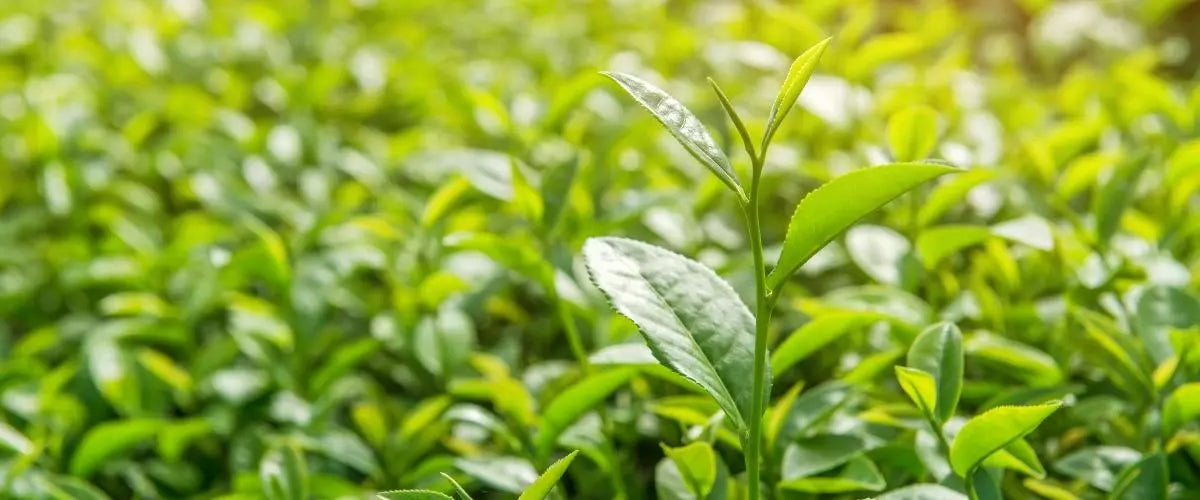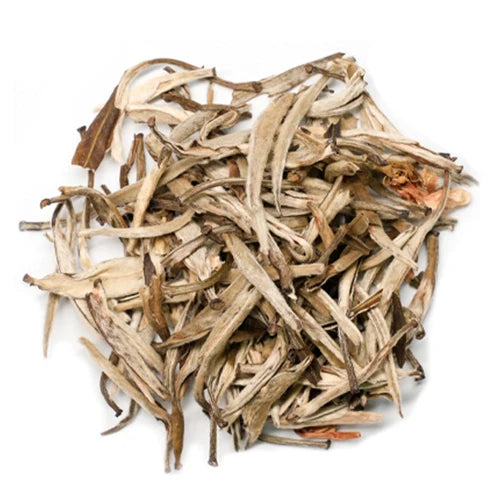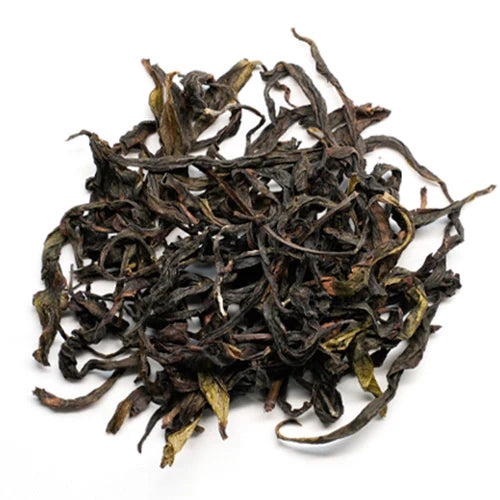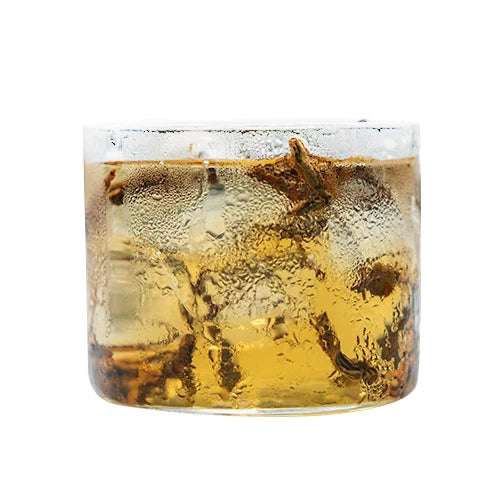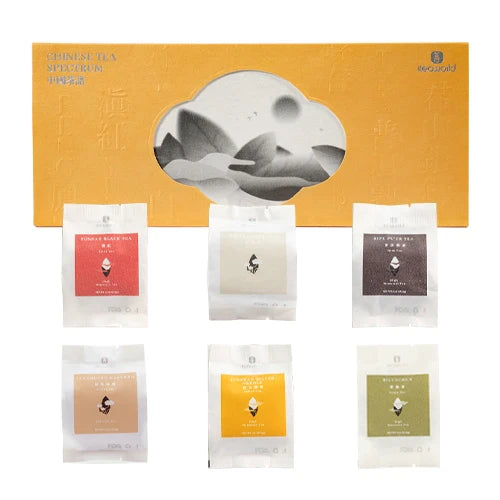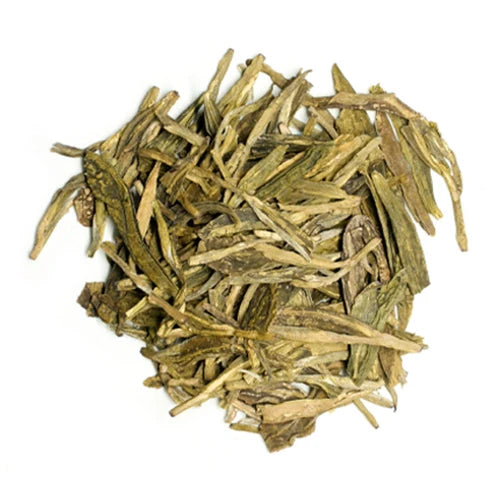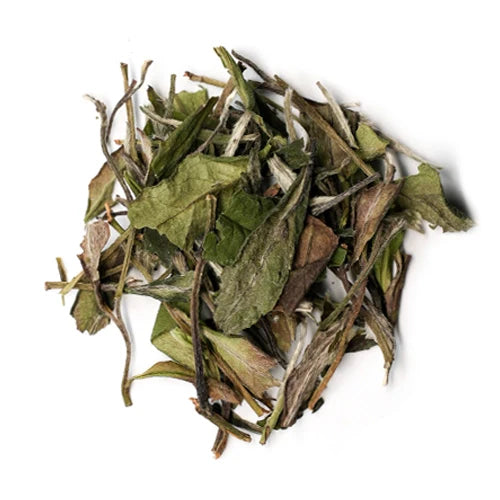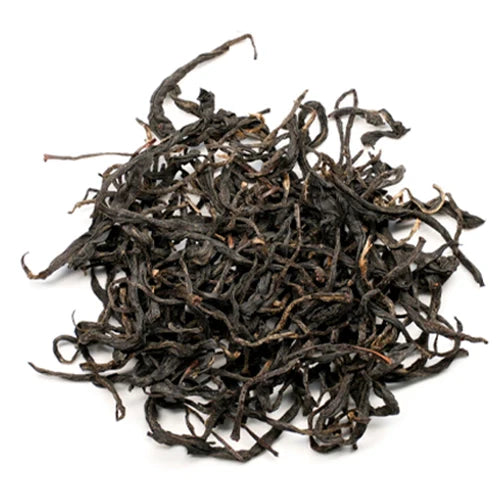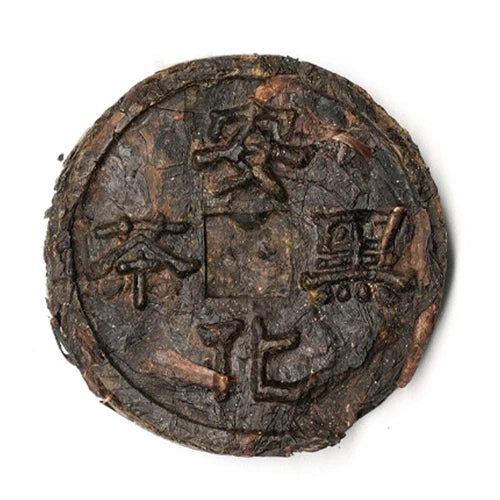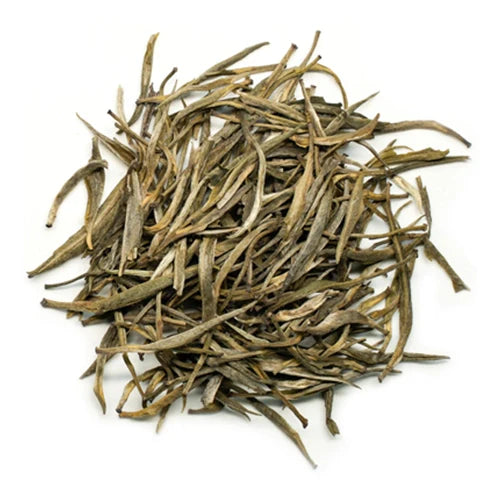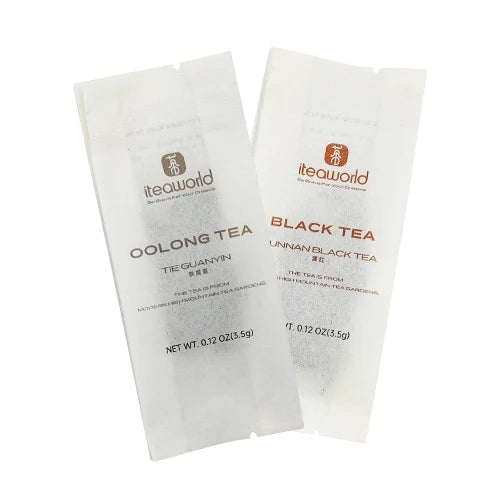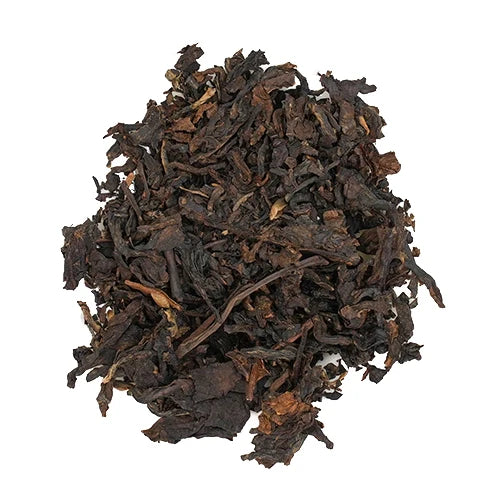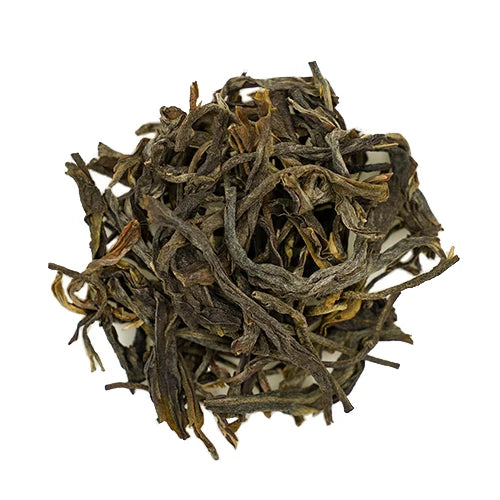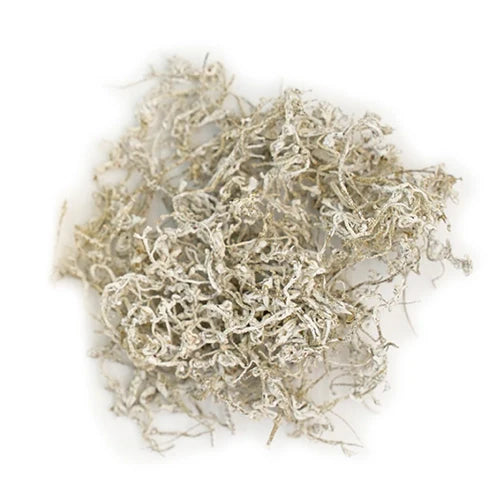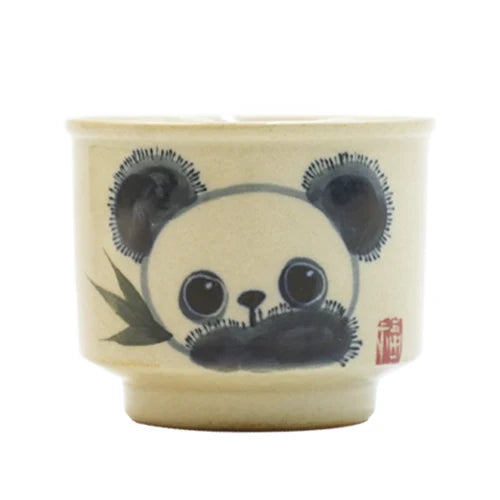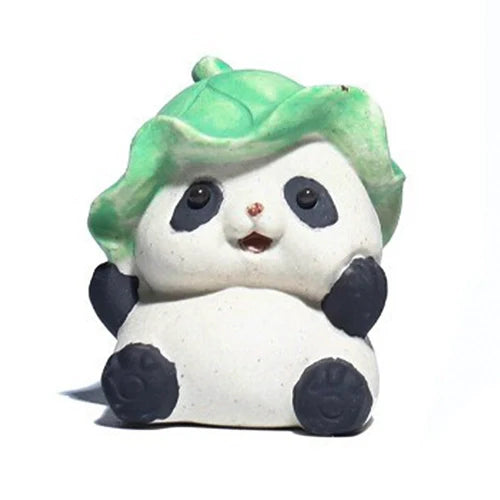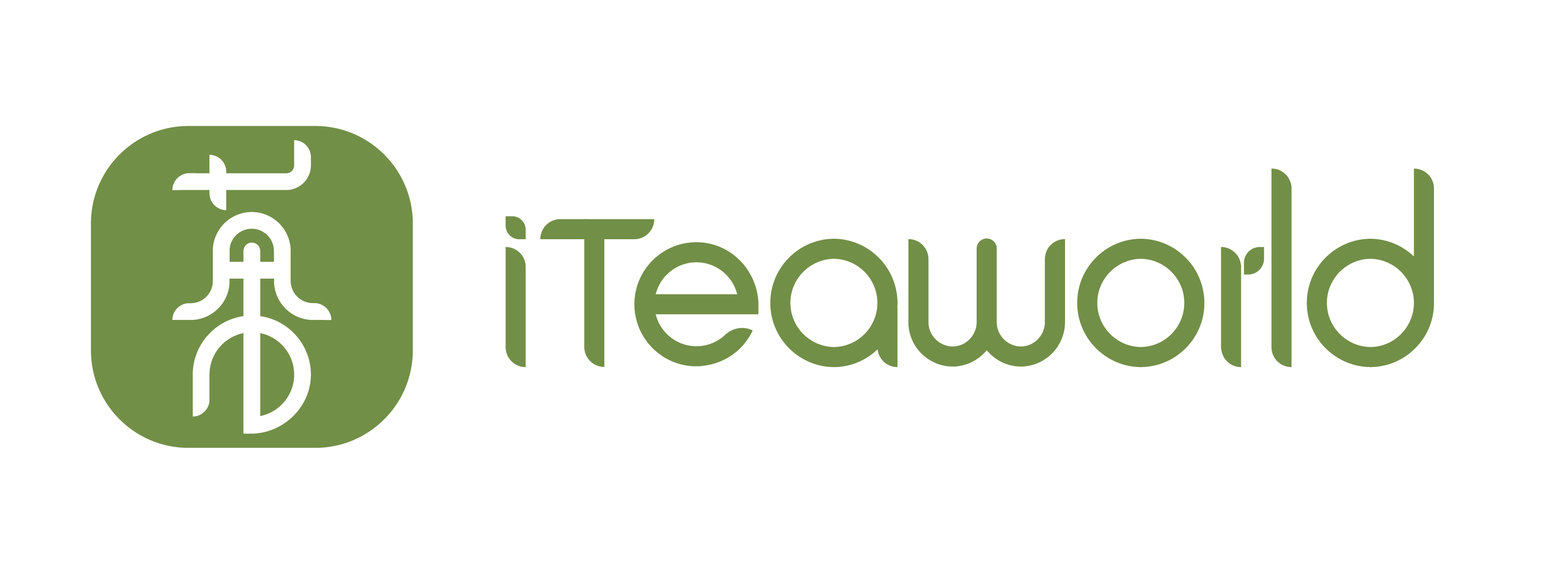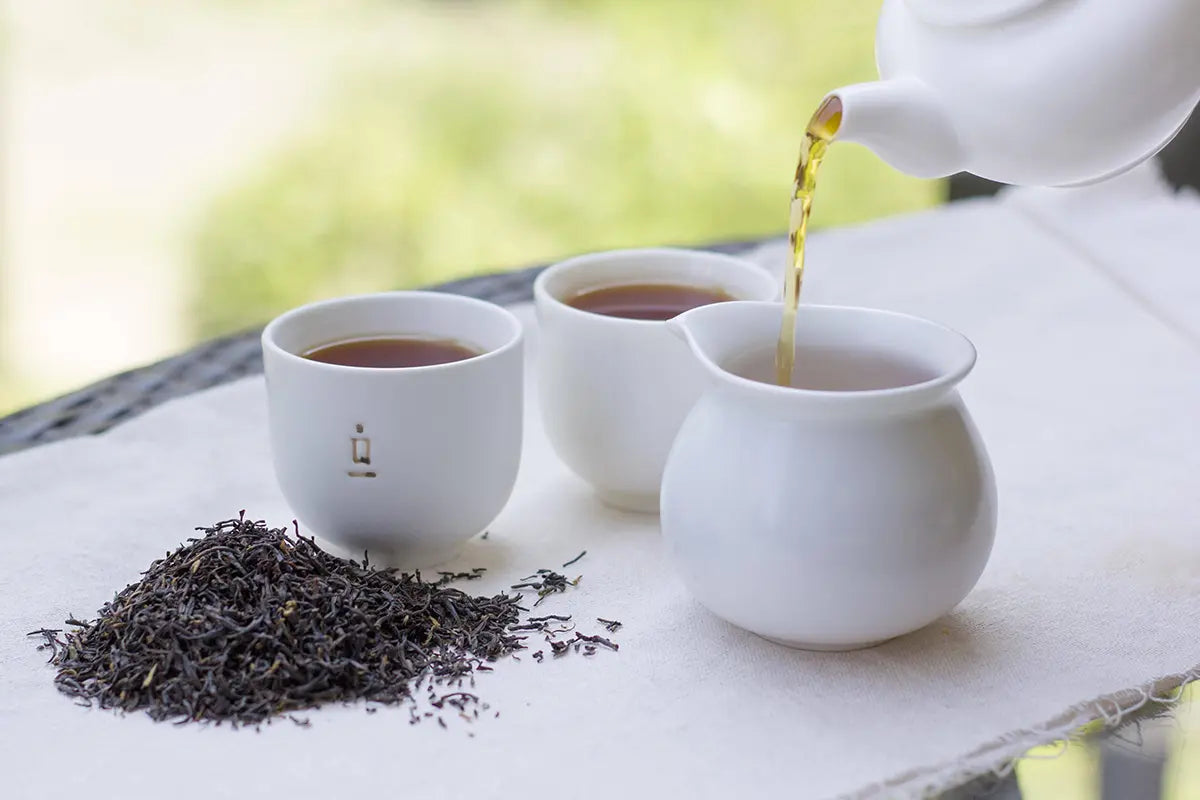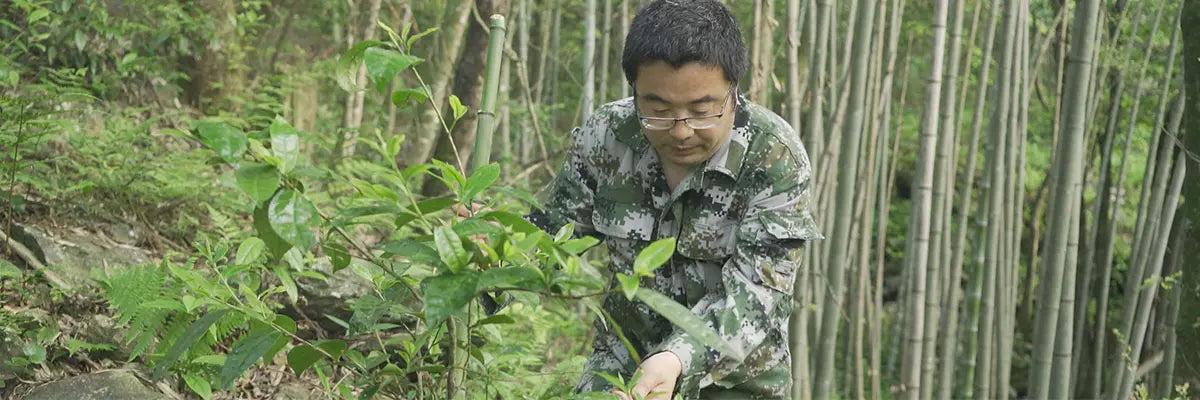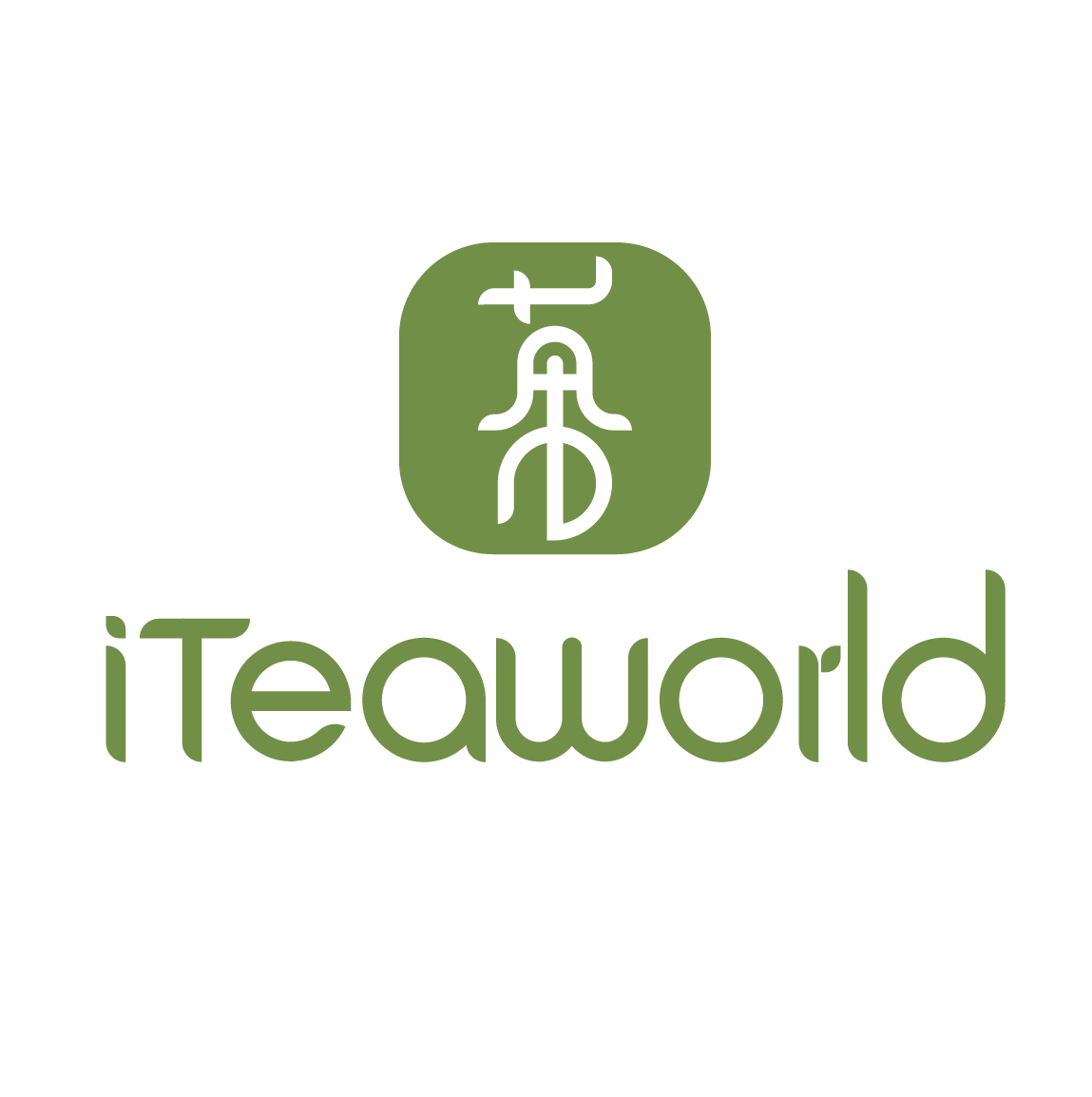Caffeine is a natural alkaloid that stimulates the central nervous system. It has effects such as refreshing the mind, enhancing attention, and improving psychological state.
However, it's important to note that the daily intake of caffeine should ideally be kept within a certain range. For healthy adults, the recommended daily caffeine intake is typically between 300 milligrams to 400 milligrams.
Excessive consumption of caffeine may lead to the following symptoms:
- Overstimulation of the central nervous system
- Increased blood pressure
- Irregular heart rhythm
- Decreased appetite
- Nausea and vomiting
- Insomnia
Caffeine Content in Coffee
In general, a regular cup of coffee (about 100 ml) contains 30–100 mg of caffeine. The caffeine content varies depending on the coffee bean type and brewing method — the longer the steeping time and higher the temperature, the more caffeine is extracted.
Caffeine Content in Oolong Tea
Typically, a 100-ml serving of oolong tea contains about 15–40 mg of caffeine. The level depends on the specific variety and oxidation degree — the more oxidized, the higher the caffeine.
Like coffee, the brewing time and temperature affect caffeine release in tea as well.
Looking to switch from coffee? Try smooth, naturally lower-caffeine loose leaf oolong teas. They're flavorful yet gentle on your body.
In summary, the caffeine content in a cup of oolong tea is generally lower than that in coffee. If you want to reduce caffeine intake, replacing coffee with oolong tea is a smart choice. Choose brands that clearly disclose their tea origins and processing.
How to Reduce Caffeine Intake?
Both coffee and oolong tea have varieties with lower caffeine content. When purchasing, check caffeine levels and opt for lighter options to reduce intake. A tea sampler or coffee sampler can help you discover what suits your preference.
When brewing coffee or tea with hot water, reducing steep time can lower caffeine release. Cold brewing both drinks also significantly decreases caffeine extraction.
Oolong Tea Recommendations
Generally, the higher the oxidation level of loose leaf tea, the higher its caffeine content. Oolong teas vary in oxidation levels — here are three Chinese classics you can choose from. They also make excellent tea gift sets for family and friends.
If you’re looking for oolong teas that match your lifestyle — from light and soothing to bold and energizing — explore our curated Oolong Tea Discovery Set. It’s a quick way to taste different caffeine levels and aromas.
1. Light Aroma TieGuanyin
Light Aroma TieGuanyin has a lower level of oxidation among oolong teas, resulting in a lower caffeine content. It’s ideal for those seeking a gentle, calming cup.
TieGuanyin is one of China's top ten famous teas, originating from Xiping, Anxi, Fujian Province (1723–1735). Known for its “Guanyin rhyme,” it offers a fresh aroma, pure taste, and lingering fragrance through multiple infusions.

2. Fenghuang Dancong
Fenghuang Dancong has a moderate level of oxidation and medium caffeine. Originating from Chaozhou, Guangdong, it’s prized for its fragrant, sweet, and lively profile.
It comes in fragrance types such as Honey Orchid, Yellow Twig, and Gardenia. The dry leaves are thick and glossy; once brewed, the tea releases a lasting aroma and smooth sweetness.
3. Da Hong Pao
Da Hong Pao belongs to the category of highly oxidized oolong tea, with relatively high caffeine content. It’s ideal for those who enjoy a stronger, more energizing cup.
Produced in Wuyi Mountain, Fujian Province, Da Hong Pao is known as the “Top Scholar of Teas.” Its rolled leaves brew a rich orange-yellow liquor with floral, mineral notes and a long-lasting aroma called “rock charm.”

Discover Your Perfect Balance
Whether you want less caffeine or a richer aroma, iTeaworld has teas that fit your rhythm — naturally smooth, sustainably sourced, and full of character.





